What To Look Out For - August 2017
August is arguably the best month in North and East Yorkshire for Dragonflies and Damselflies (belonging to the order Odonata). The combination of a relatively warm and settled summer this year has created ideal conditions for these wonderful insects to flourish. In this blog I will focus on four species of Dragonfly you should be looking out for in the coming weeks.
The first thing to make sure when you are looking for these species is to check the wings are held forward or at right angles to the body. Damselflies are often smaller and hold their wings parallel to the body or abdomen.
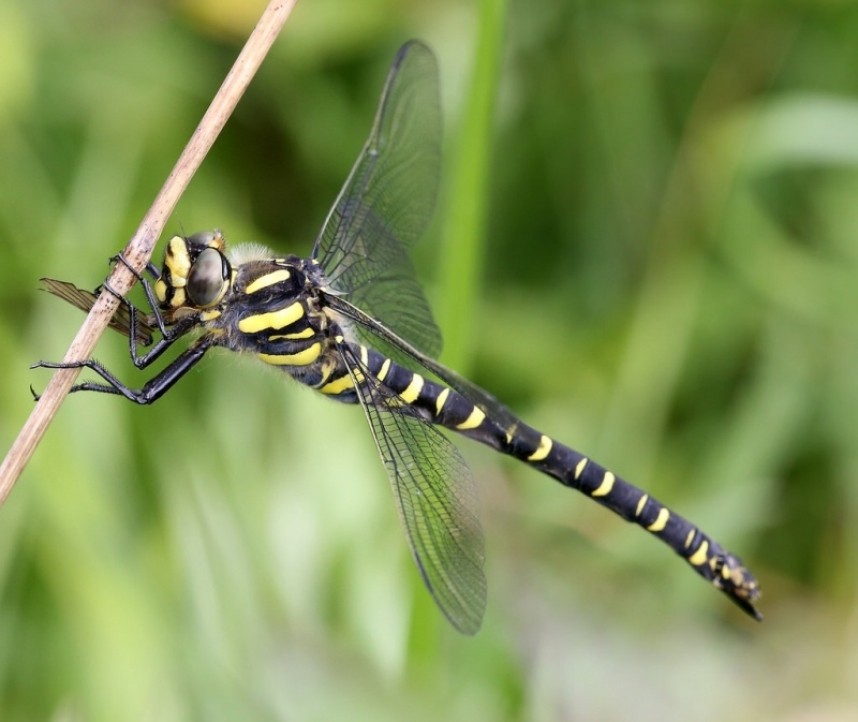
Golden-ringed Dragonfly © Dan Lombard
Different species are often associated with varying habitat and acidity of wetland pools. On heathland, acidic forest edge and moorland look-out for one of our largest dragonflies the Golden-ringed Dragonfly. This magnificent insect is the only dragonfly in the UK belonging to the genus Cordulegaster. They are fearsome predators even as larvae (nymph) which can take 2-5 years to develop into the adult phase. During this time they live partially buried in mud at the base of a pond.
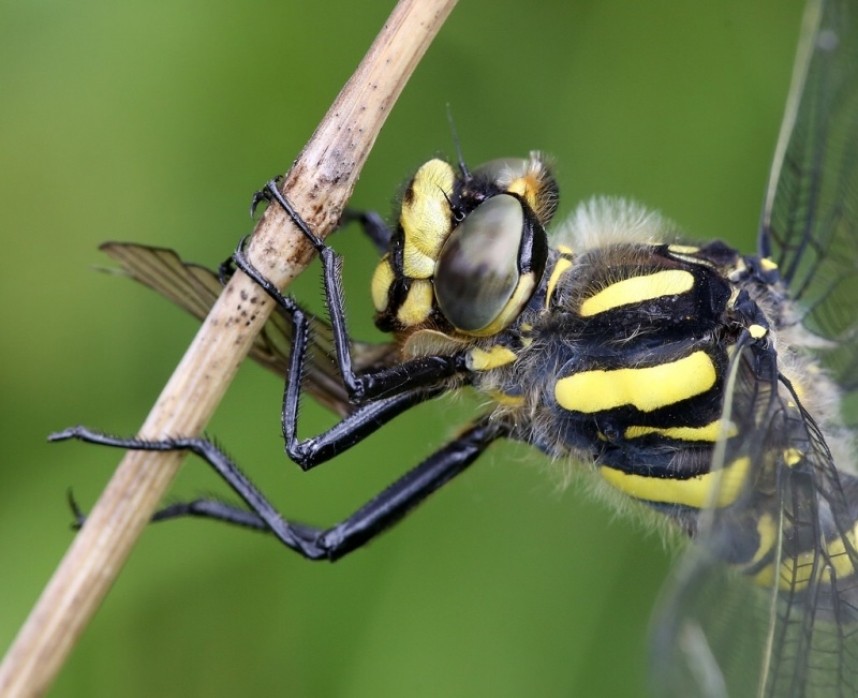
Golden-ringed Dragonfly © Dan Lombard
Less common is the smaller Keeled Skimmer and even more of a specialist than the Golden-ringed dragonfly. They prefer upland mire, bog and stream habitats. In our region they can be found in small numbers in the North York Moors National Park. Try Fen Bog a great Yorkshire Wildlife Trust reserve. Keeled Skimmer can be identified from the similar Black-tailed Skimmer by the lack of an area of obvious black on the base on the abdomen and by their pronounced keel on the dorsal part of the abdomen. At rest the wings of both males and females are often held well forward of the body.
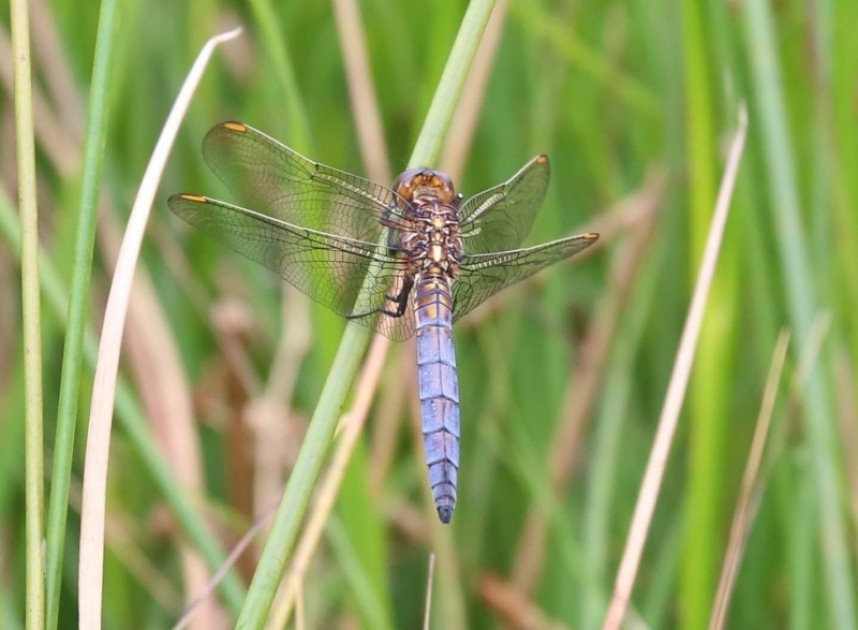
Keeled Skimmer (male) © Richard Baines
One of our smallest dragonflies in these acidic habitats is the Black Darter. You have to keep keen eyed to spot these insects as they are very small but the males are our only black dragonfly. They prey on small flying insects often perching at a look out. In a similar way to other species the head can turn through 180 degrees and the huge eyes, give them amazing vision. Look-out for Black Darters across many large sites in the North York Moors National Park or at heathland sites in East Yorkshire such as Strensall Common YWT.
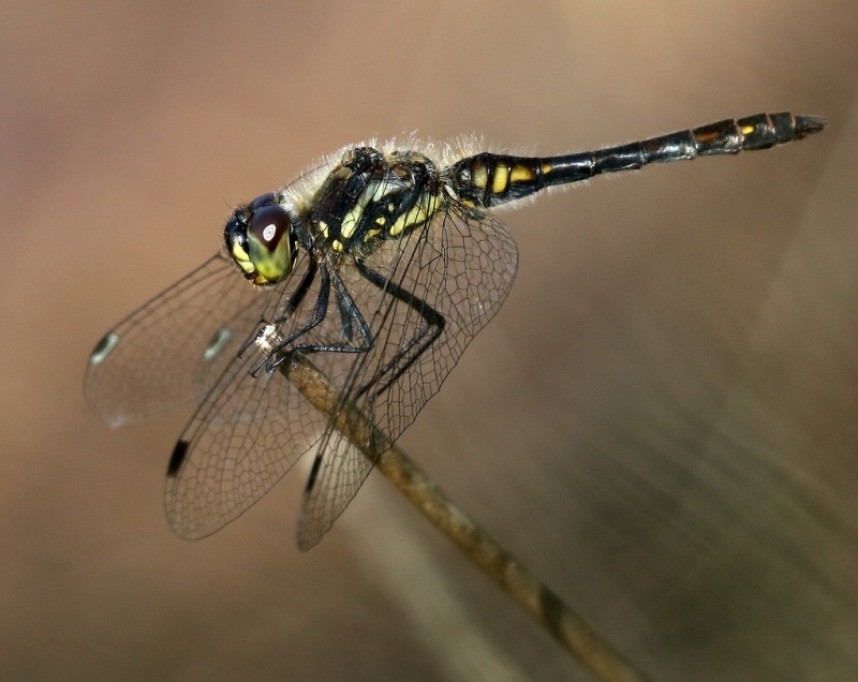
Black Darter © Dan Lombard
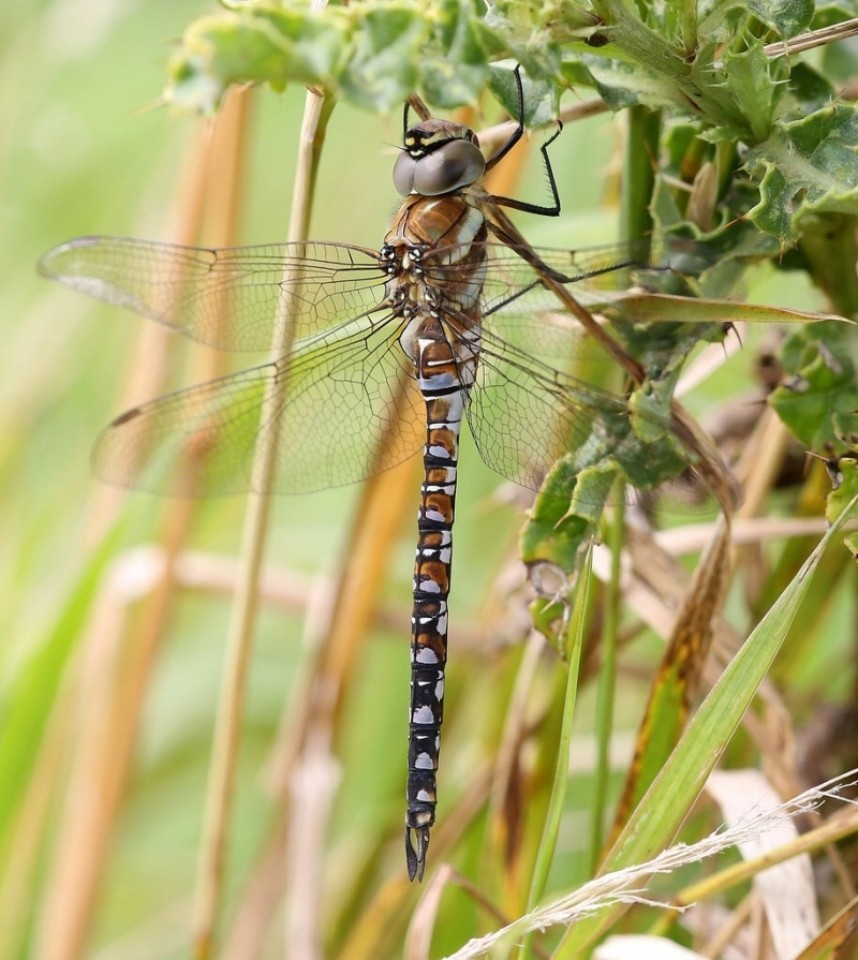
Migrant Hawker © Dan Lombard
As we move closer to September look-out for one of the widest ranging species which can be found almost anywhere where there is a supply of insects to eat, the Migrant Hawker. These large dragonflies can be identified from other similar species by the presence of a clear golf-tee shaped yellow mark on segment two at the top of the abdomen. This species derived its name from status as a genuine migrant insect from the continent in the early part of the 20th Century. During recent warmer decades it has colonised many parts of the UK and now breeds in our country. Look-out for them from late August and even later in the season, they have even been seen in November!
Richard Baines YCN



 Back to Blog
Back to Blog
